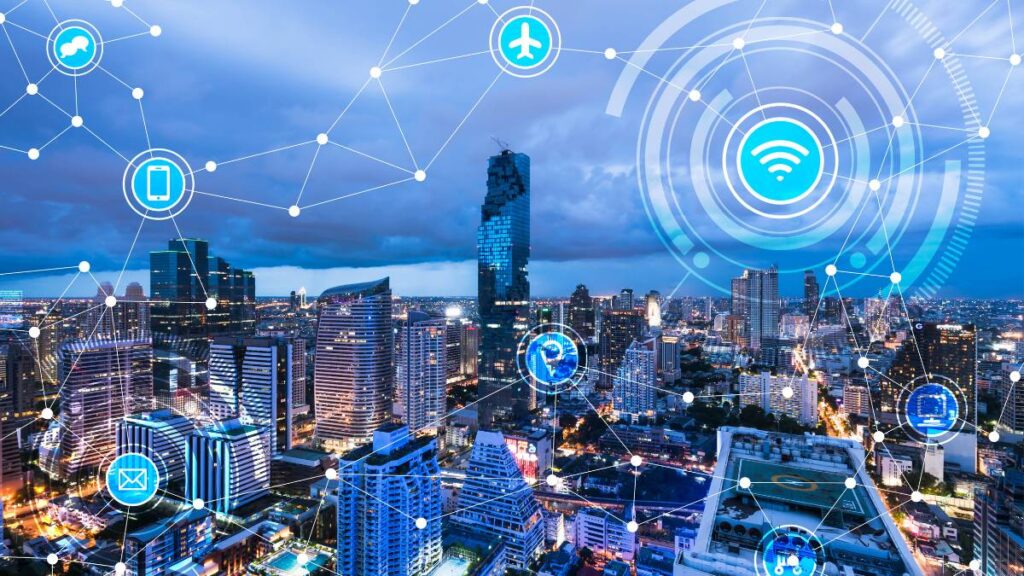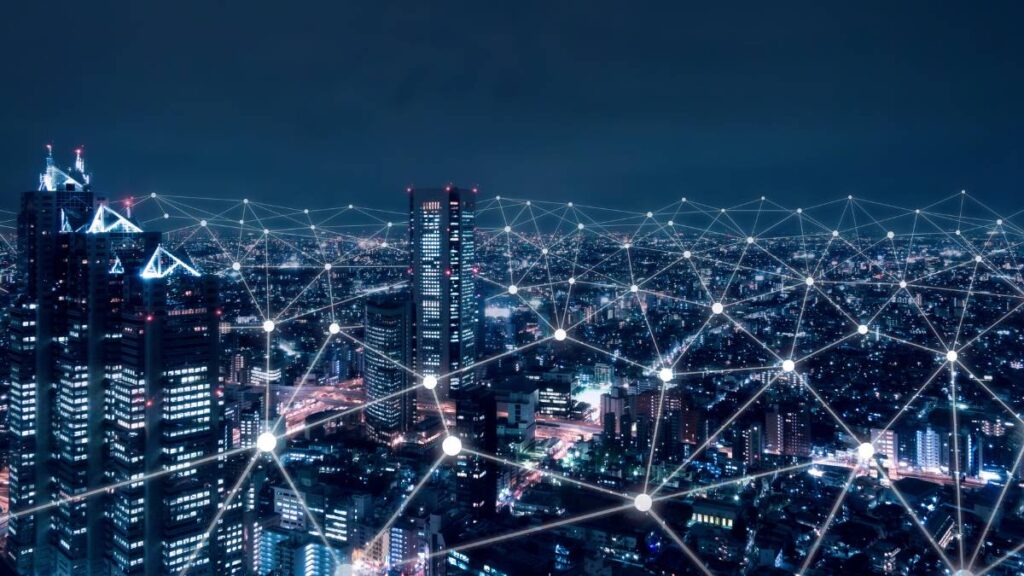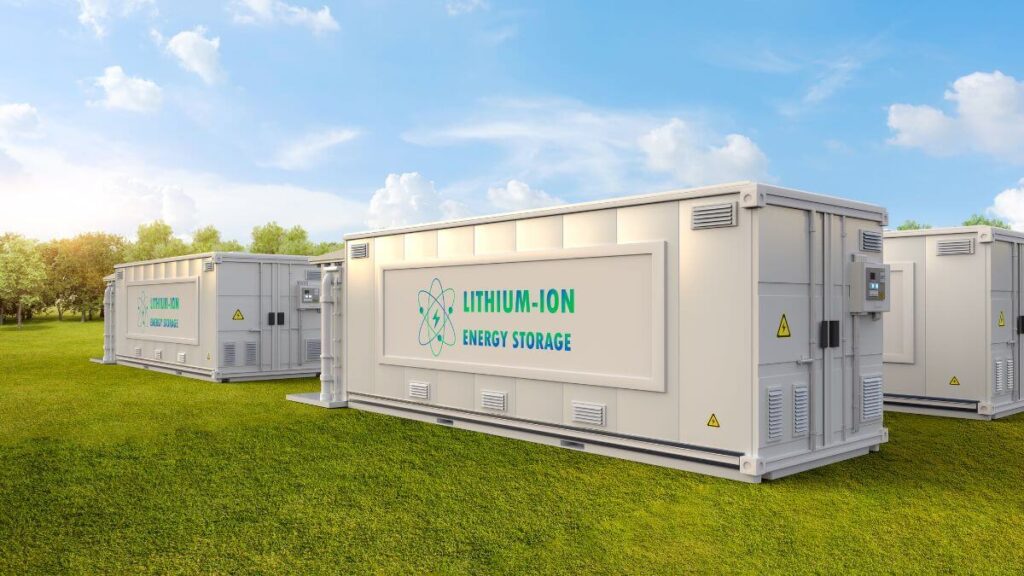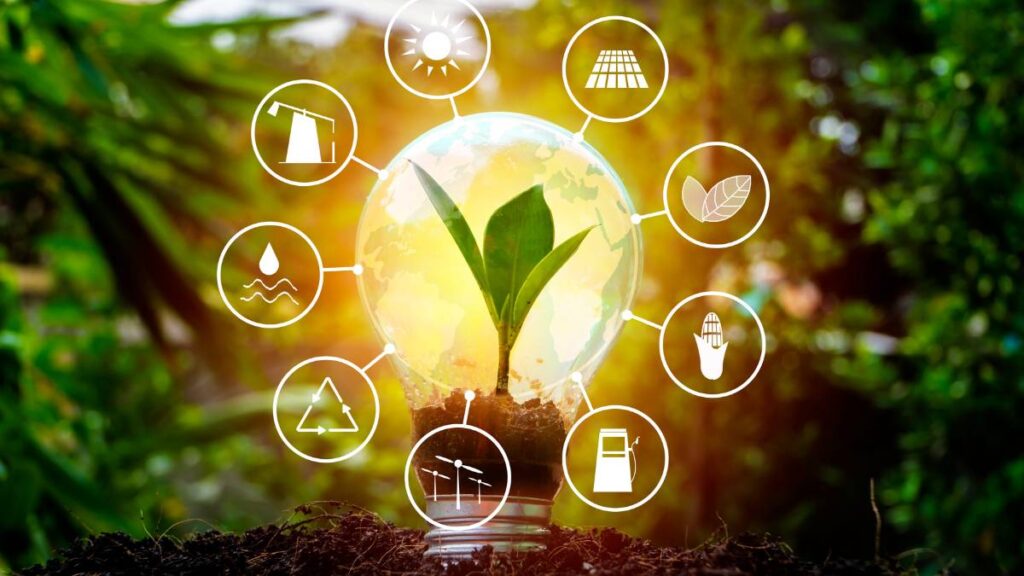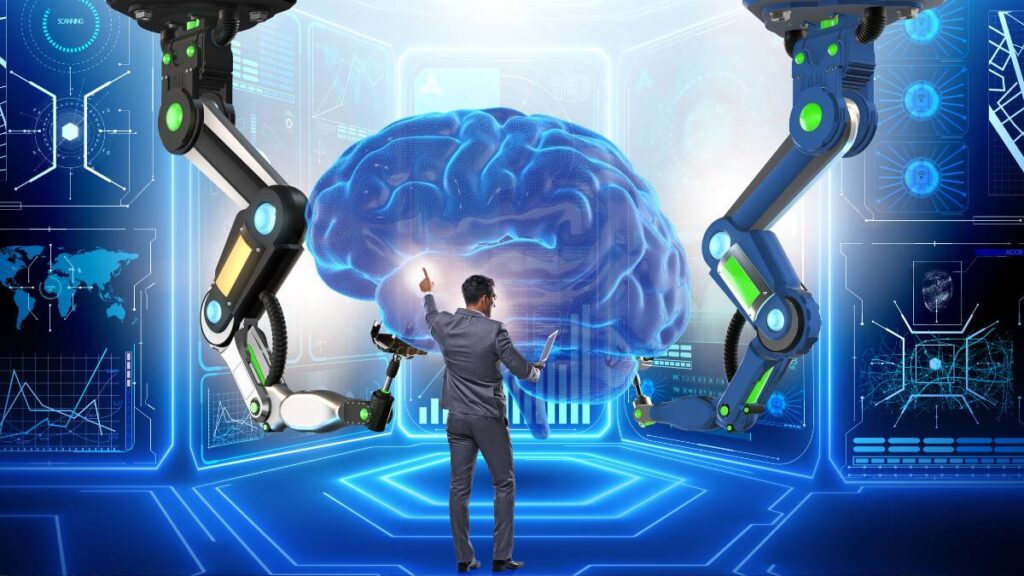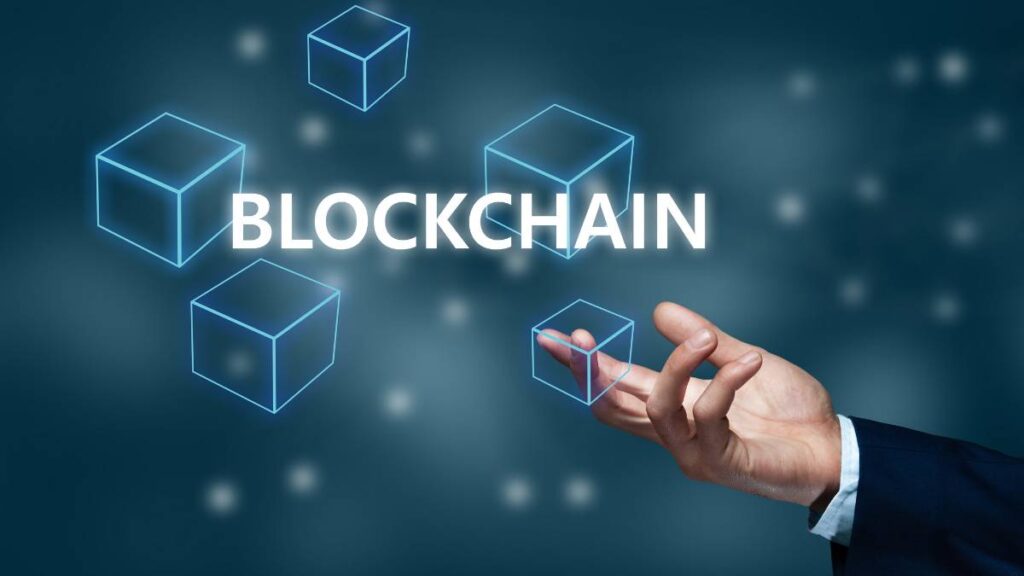The Internet of Things (IoT) is a term that describes the network of physical objects that are embedded with sensors, software, and other technologies that enable them to connect and exchange data with other devices and systems over the internet. IoT has many applications in various domains, such as smart homes, smart cities, smart health, smart agriculture, and smart industry.
One of the most promising and beneficial applications of IoT is in the field of energy efficiency, which refers to the optimal use of energy resources to meet the demand while minimizing the environmental impact.
How IoT Can Enhance Energy Efficiency
IoT can enhance energy efficiency in several ways, such as:
Smart Meters
Smart meters are digital devices that measure and record electricity, gas, or water consumption in real-time and relay the information to the utility companies and the consumers. Smart meters can help consumers monitor and manage their energy usage more effectively, and enable dynamic pricing and demand response programs that can reduce peak load and grid stress. Smart meters can also help utility companies optimize energy generation and transmission, and detect and prevent faults, outages, and theft.
According to some estimates, smart meters can save up to 15% of electricity consumption and 25% of gas consumption.
Connected Appliances
Connected appliances are appliances that can communicate with each other and with the internet, and can be controlled remotely via smartphones or voice assistants. Connected appliances can offer convenience, comfort, and customization to the users, and can also improve energy efficiency by adjusting their settings and operations based on user preferences, occupancy, weather, and time of day. Connected appliances can also participate in demand response programs, and automatically reorder consumables when low.
Some examples of connected appliances are smart refrigerators, smart ovens, smart washers and dryers, smart espresso machines, and smart ice makers.
Intelligent Lighting Systems
Intelligent lighting systems are lighting systems that feature sensors and low voltage controls that can monitor and react to occupancy, ambient light, and user commands. Intelligent lighting systems can provide natural daylight harvesting, constant illumination, and absence functionality, which can help save energy and improve the lighting quality and comfort. Intelligent lighting systems can also communicate with other smart devices and systems, and create different lighting scenes and moods.
Some examples of intelligent lighting systems are smart bulbs, smart switches, smart dimmers, and smart motion sensors.
Conclusion
These are just some of the examples of how IoT can impact energy efficiency. There are many more technologies and solutions that are being developed and deployed, such as smart grids, smart buildings, smart vehicles, and smart energy management systems. IoT can offer significant benefits for energy efficiency, such as reducing energy costs, enhancing energy security, and mitigating environmental impacts.
However, IoT also poses some challenges and risks, such as data privacy and security, ethical and social implications, and regulatory and legal issues.
Therefore, IoT in energy efficiency requires careful design, implementation, and governance to ensure its benefits outweigh its drawbacks.

